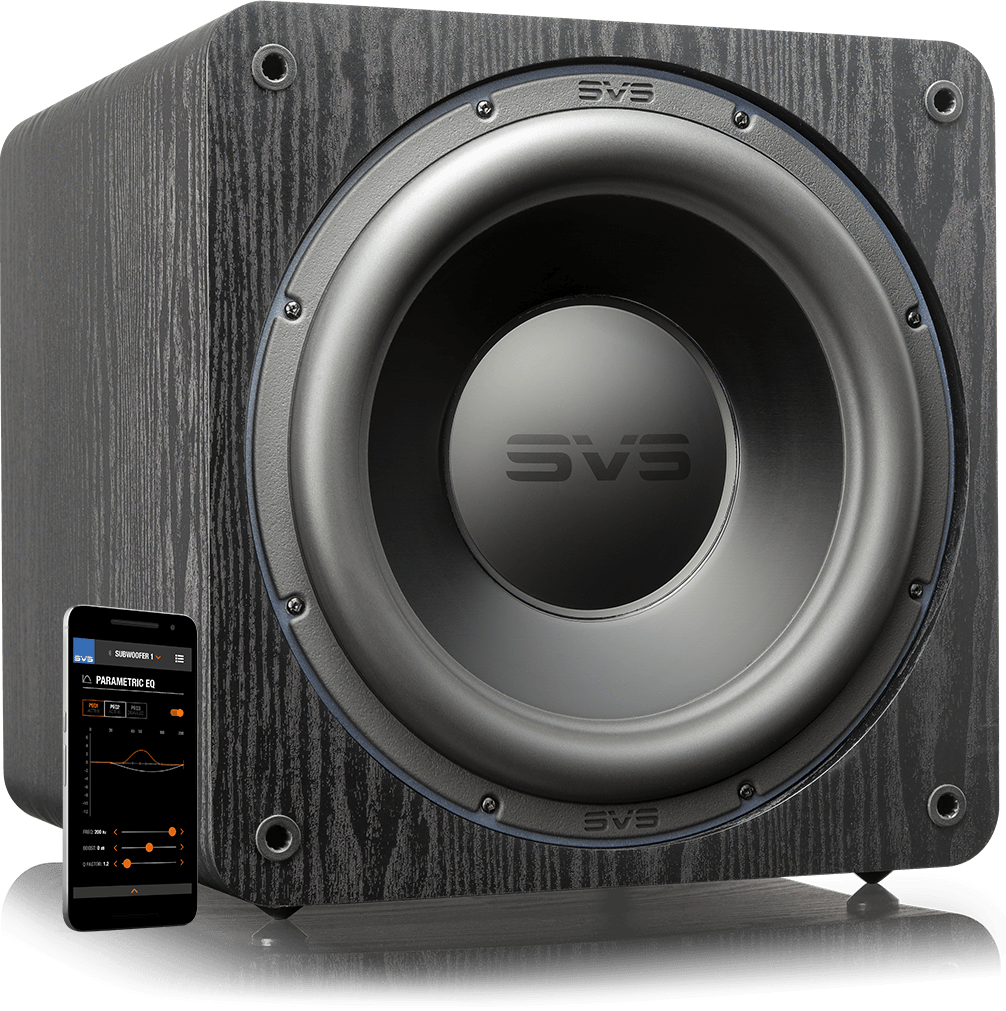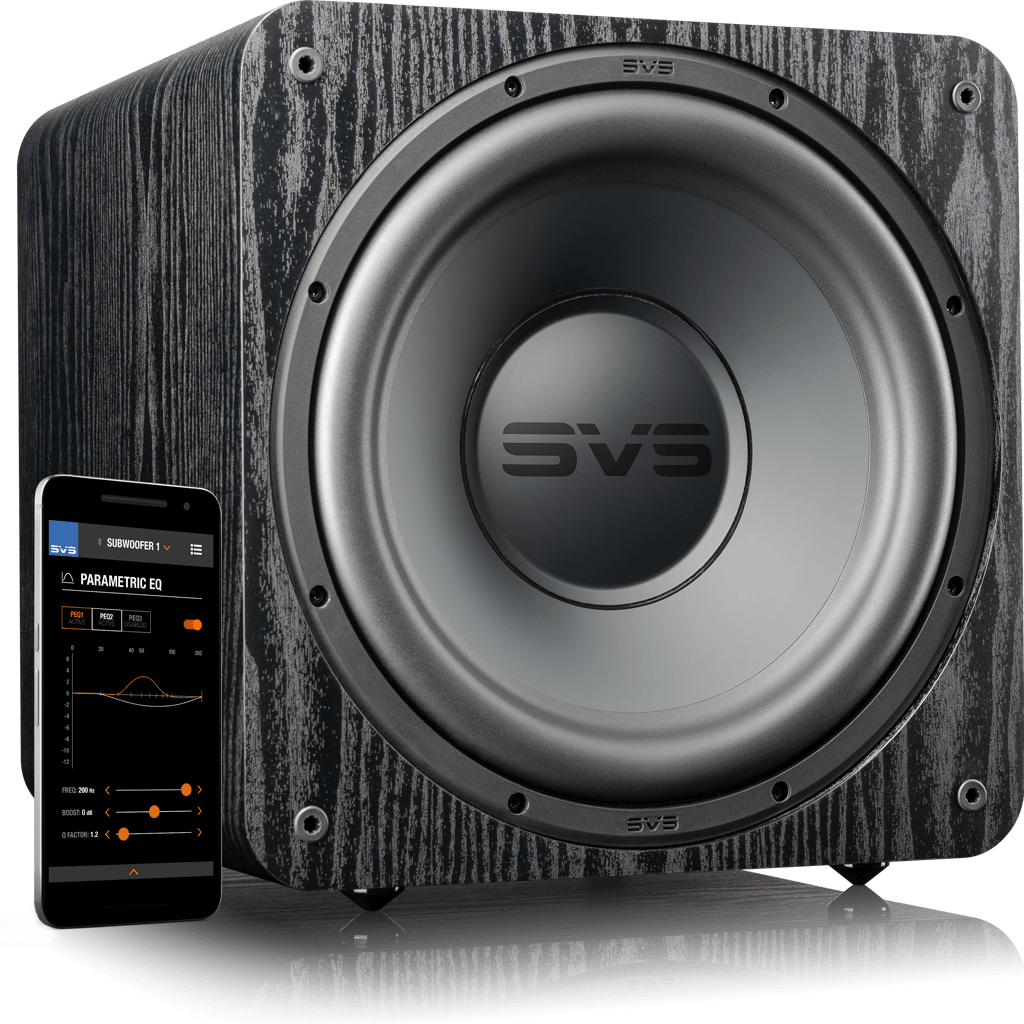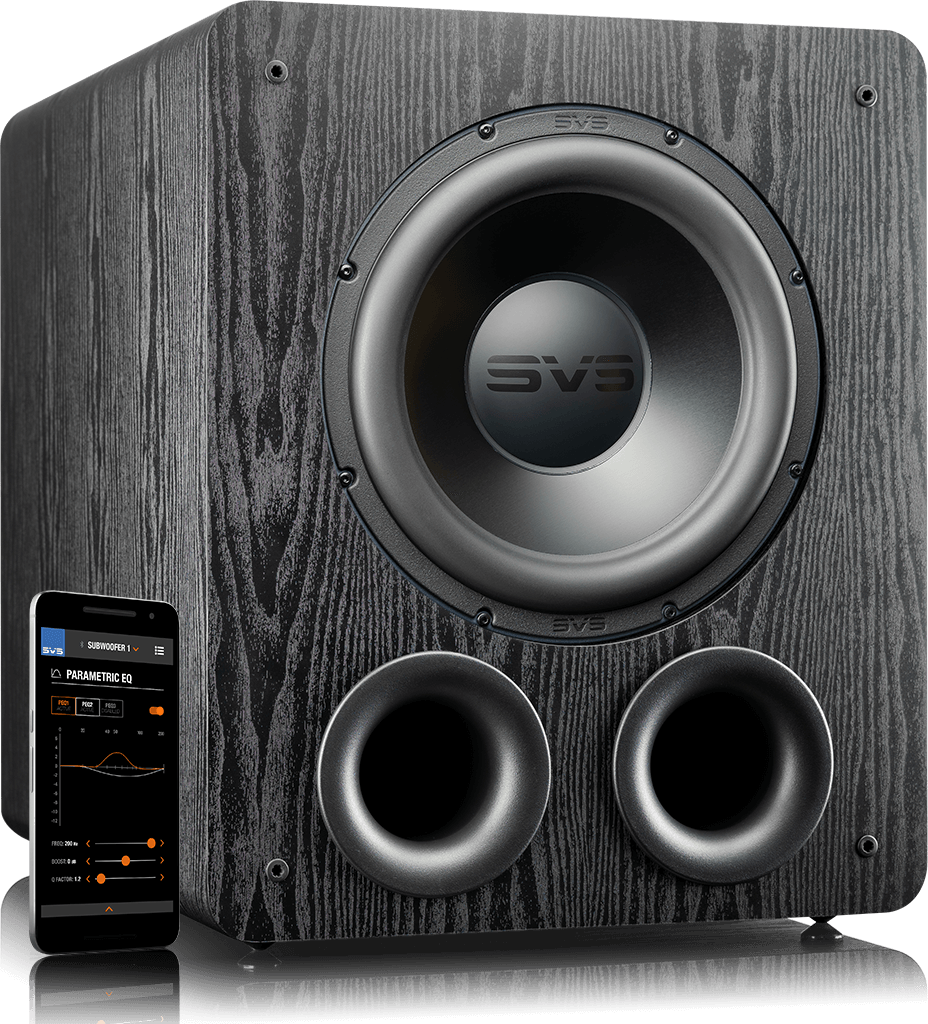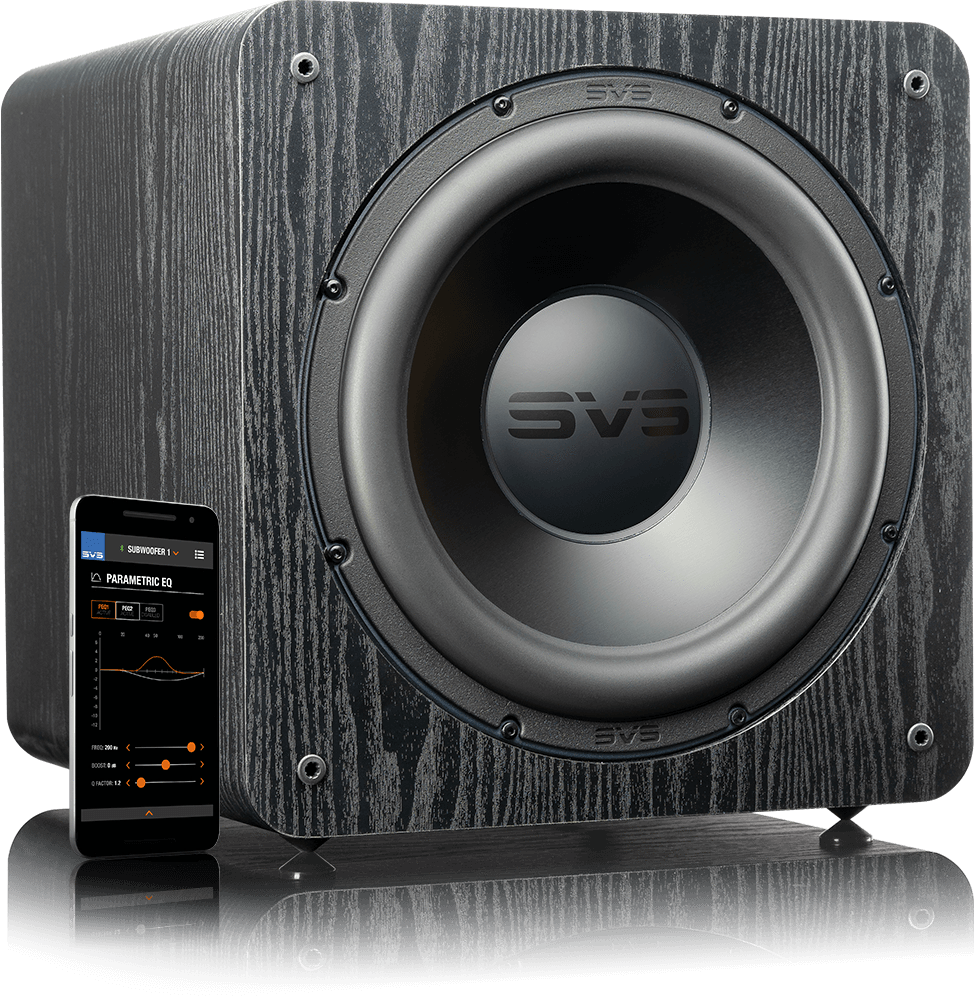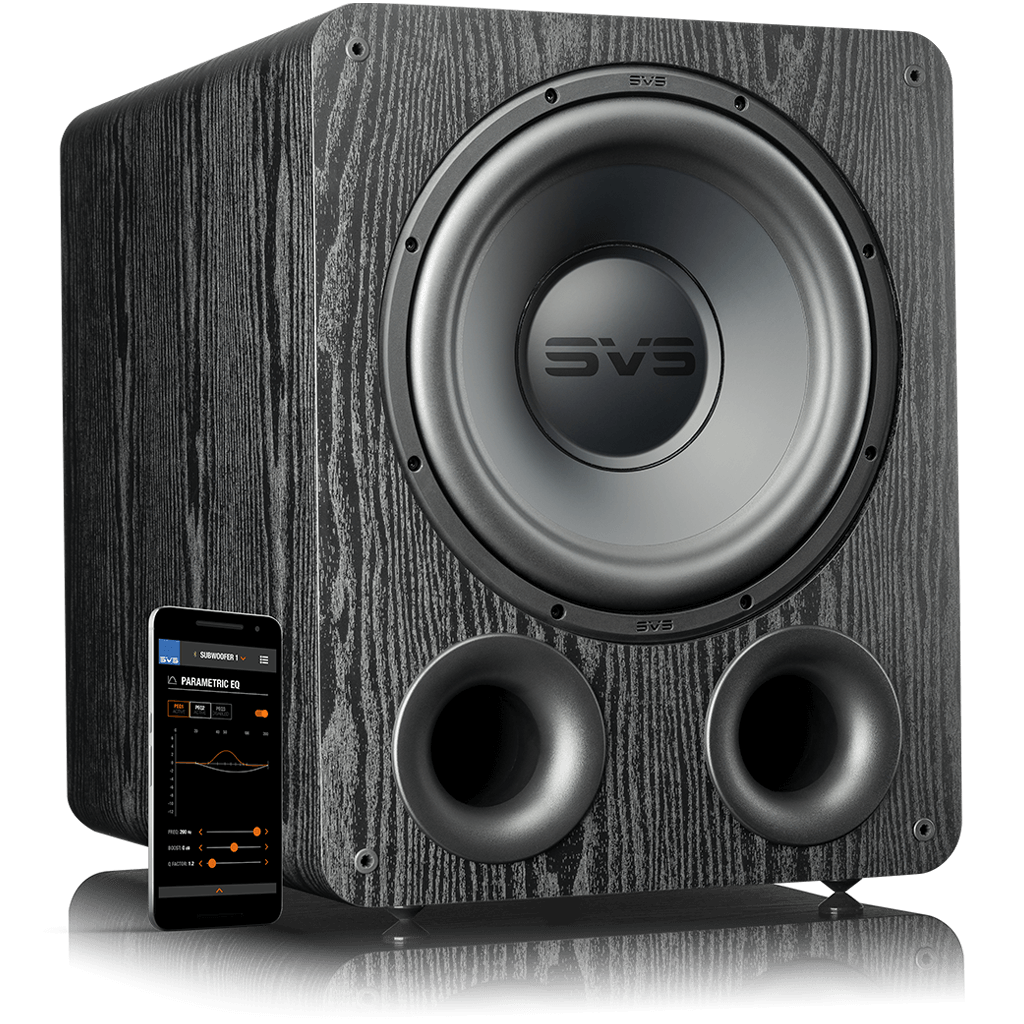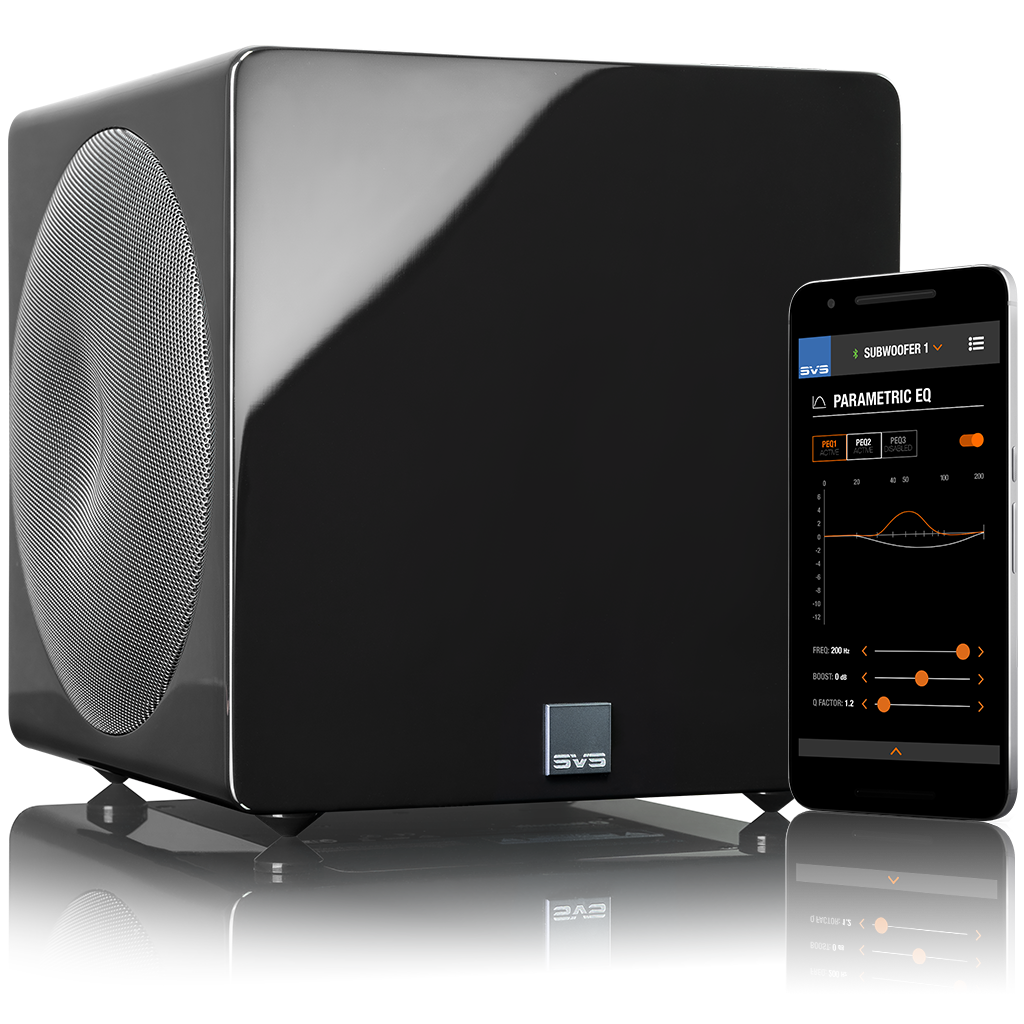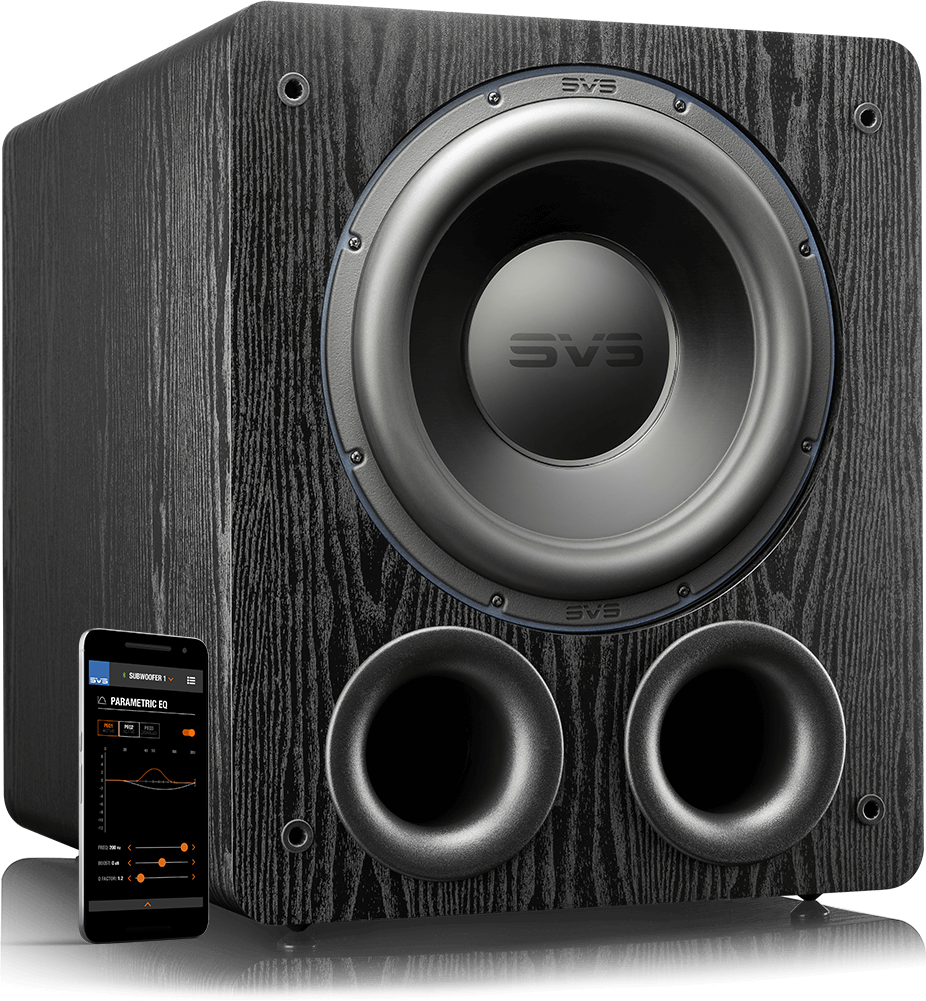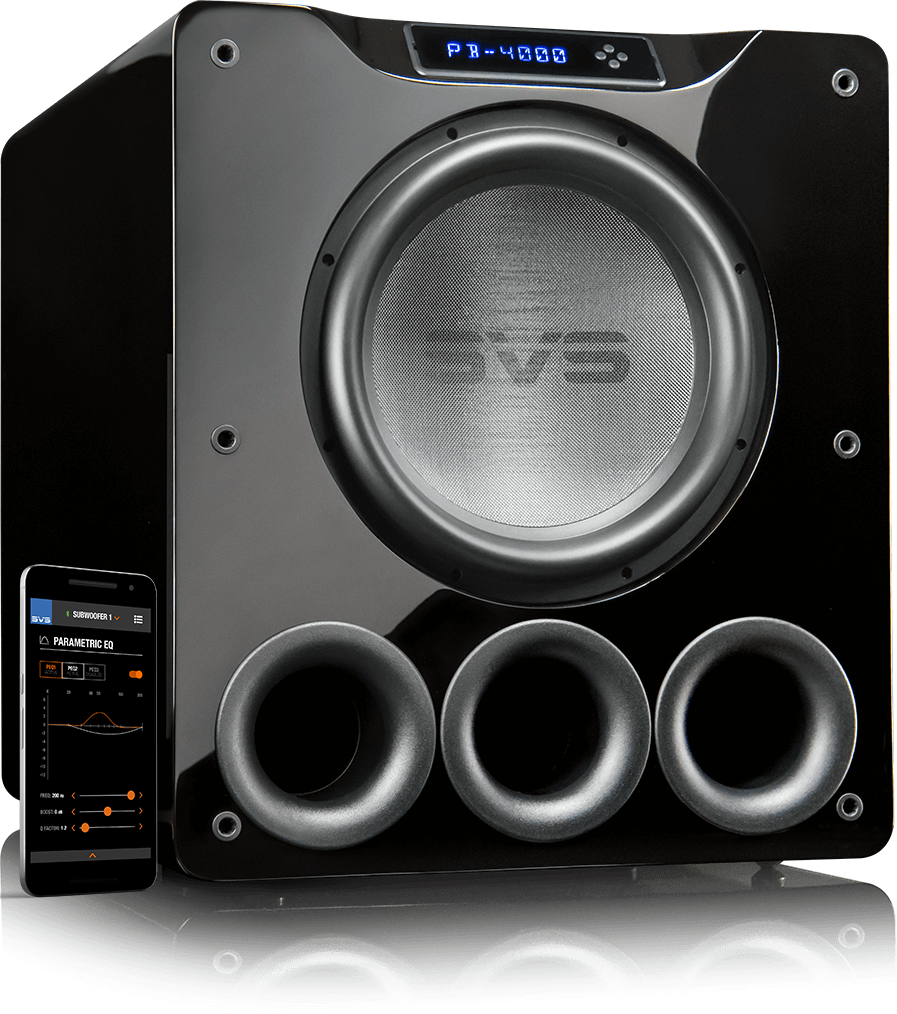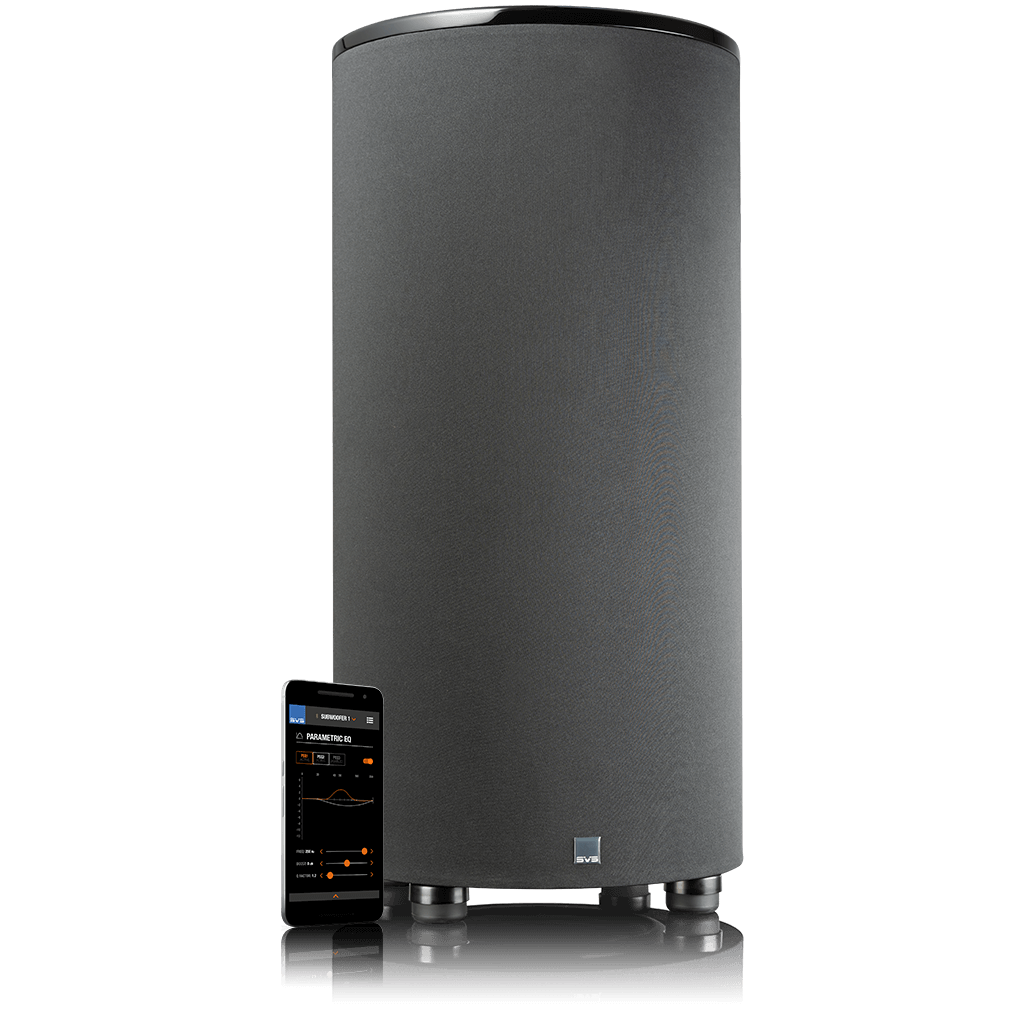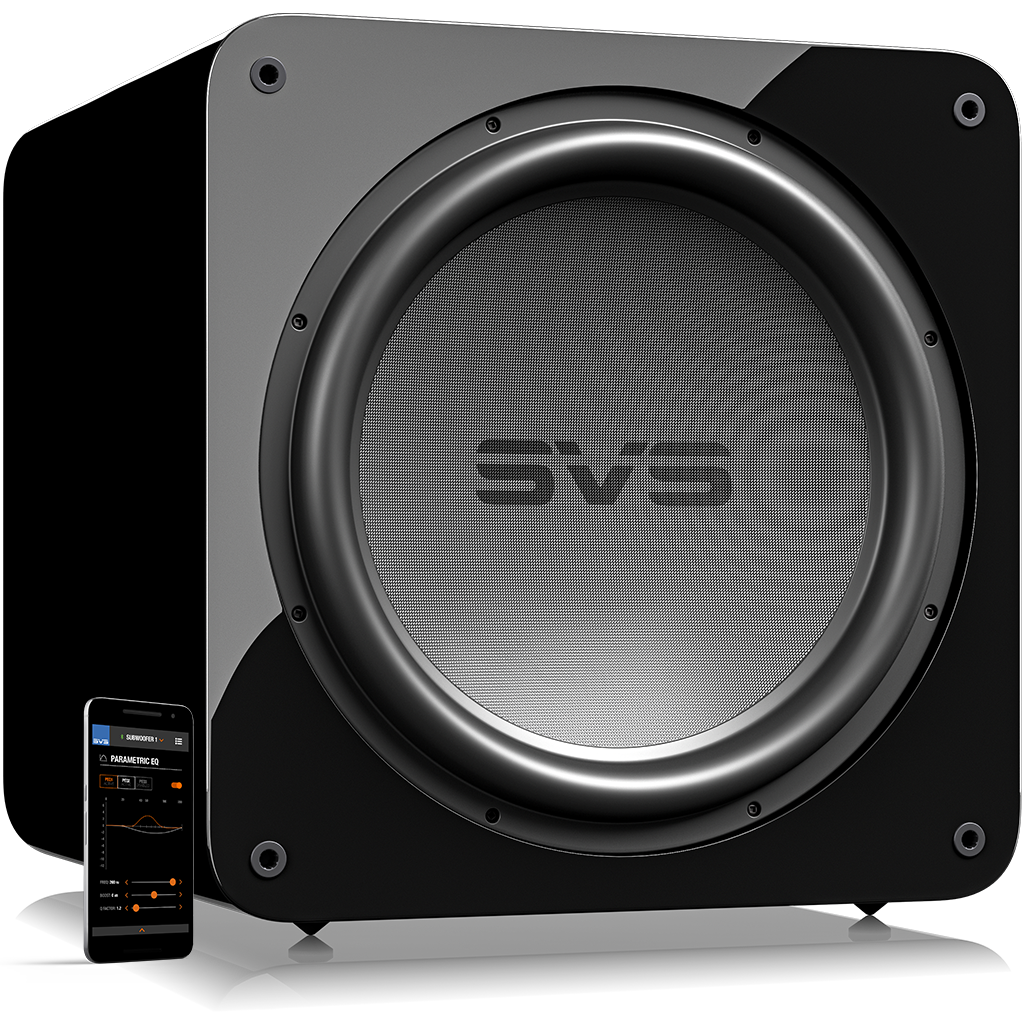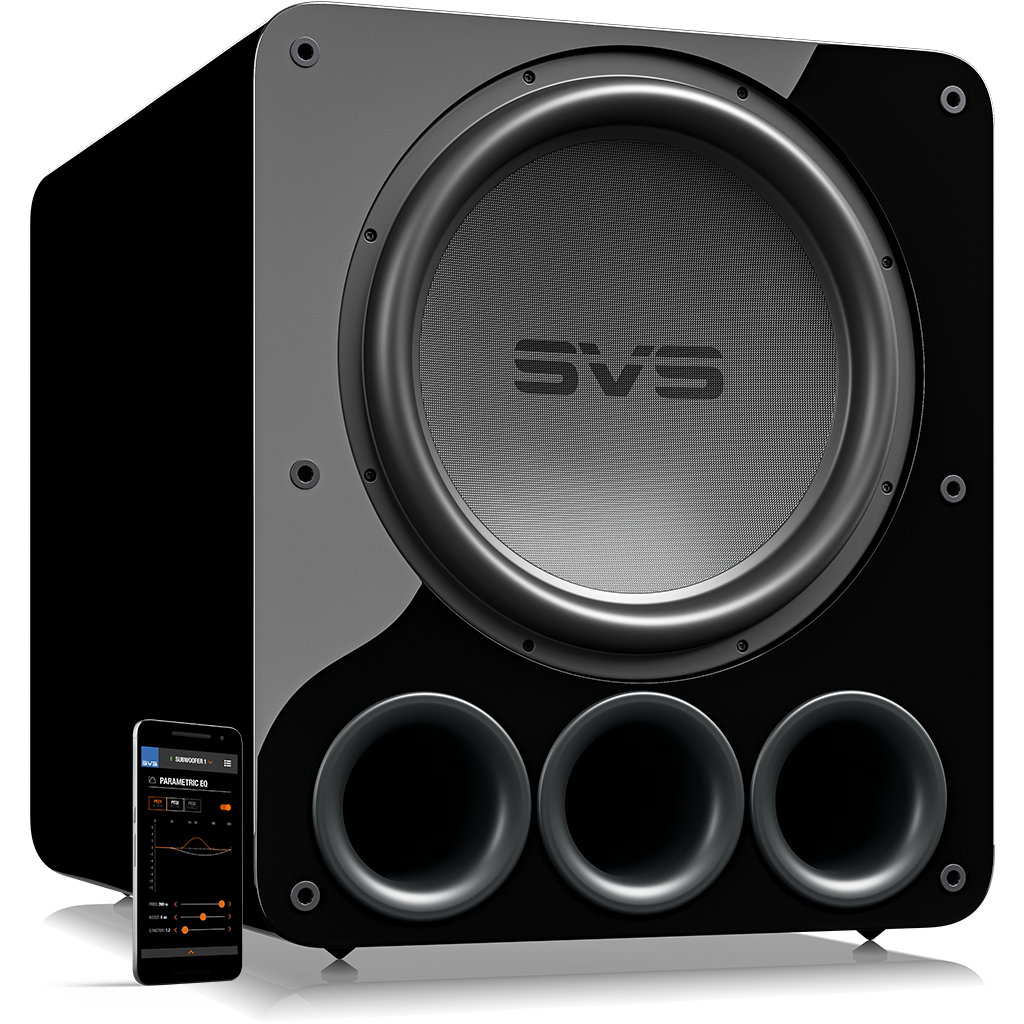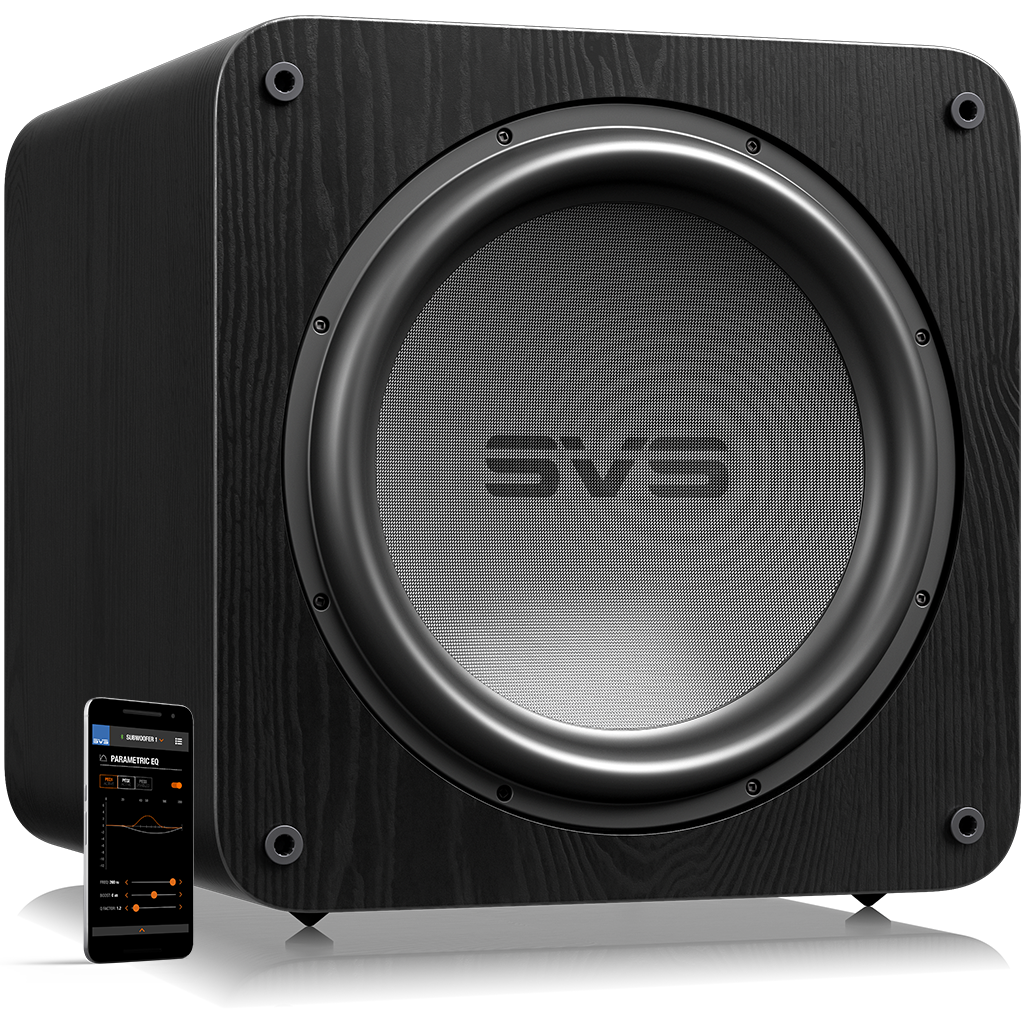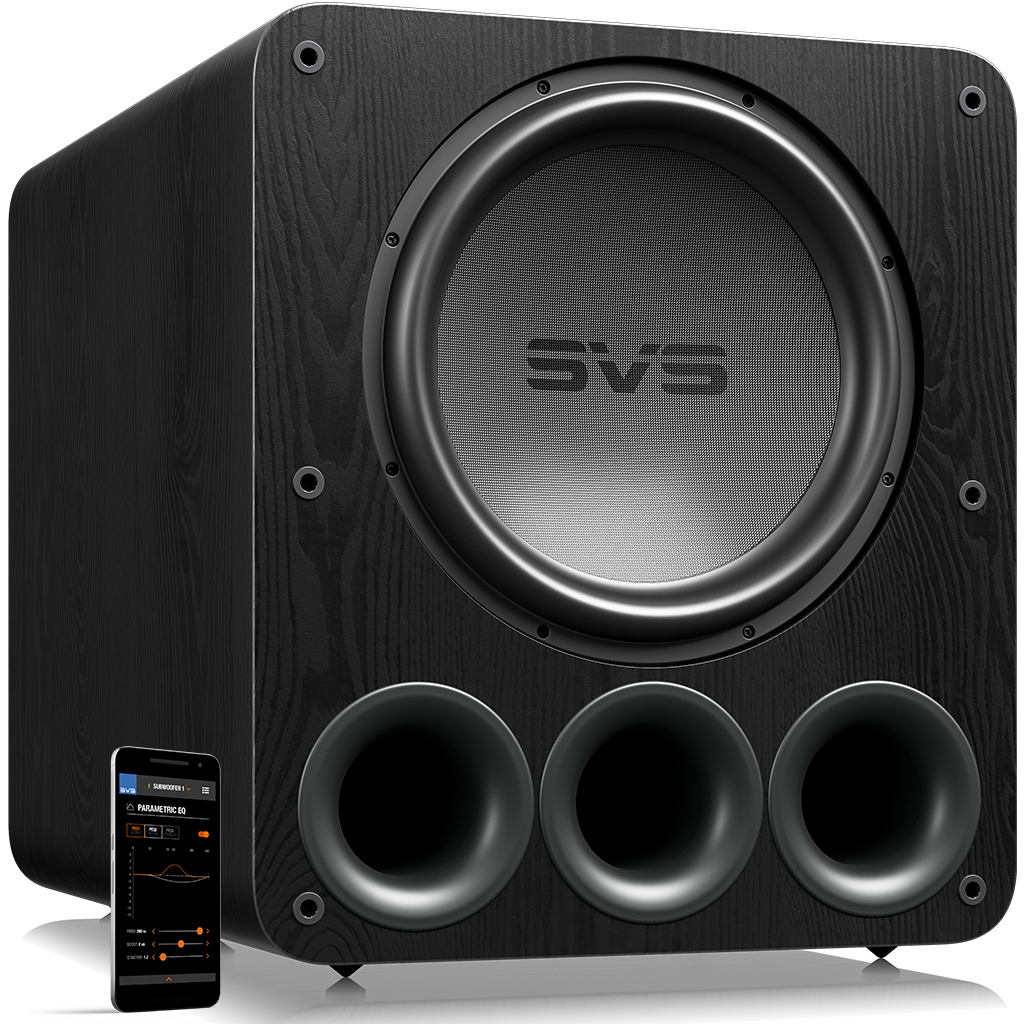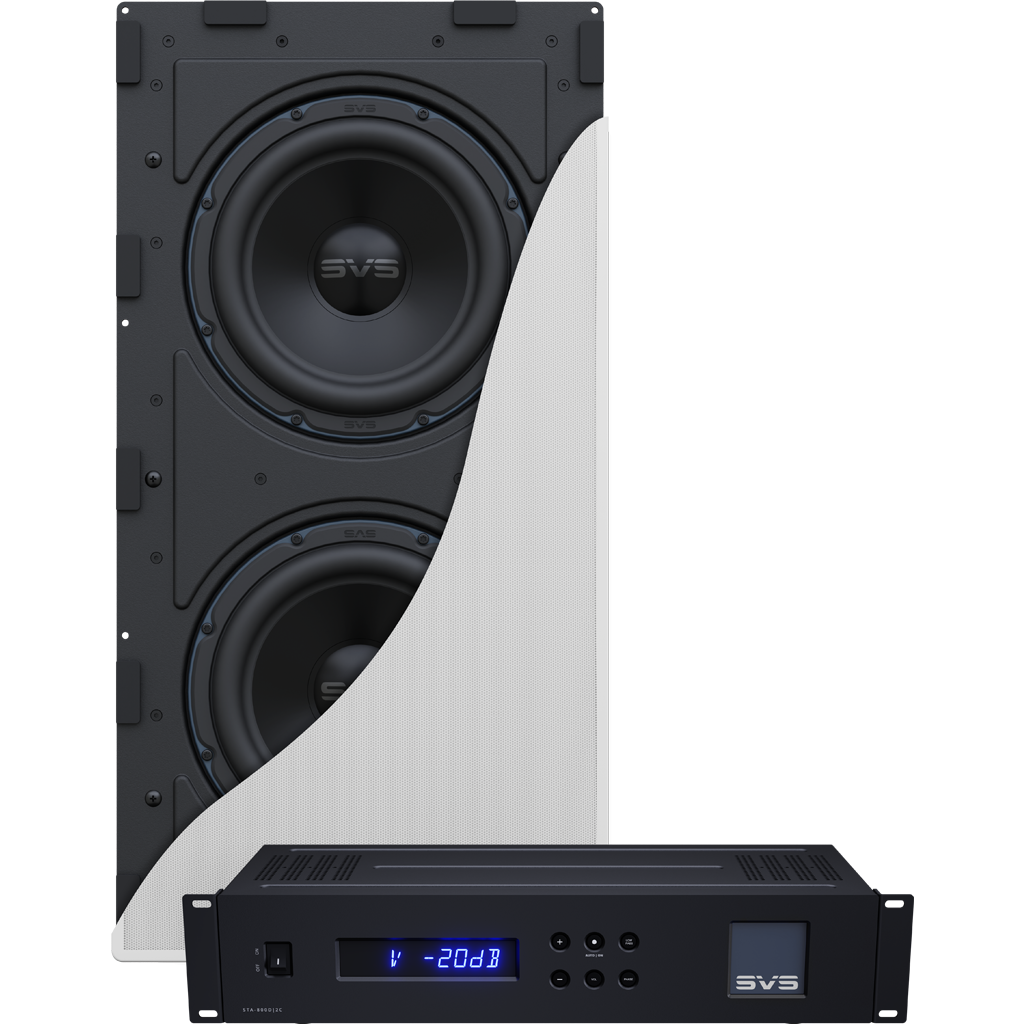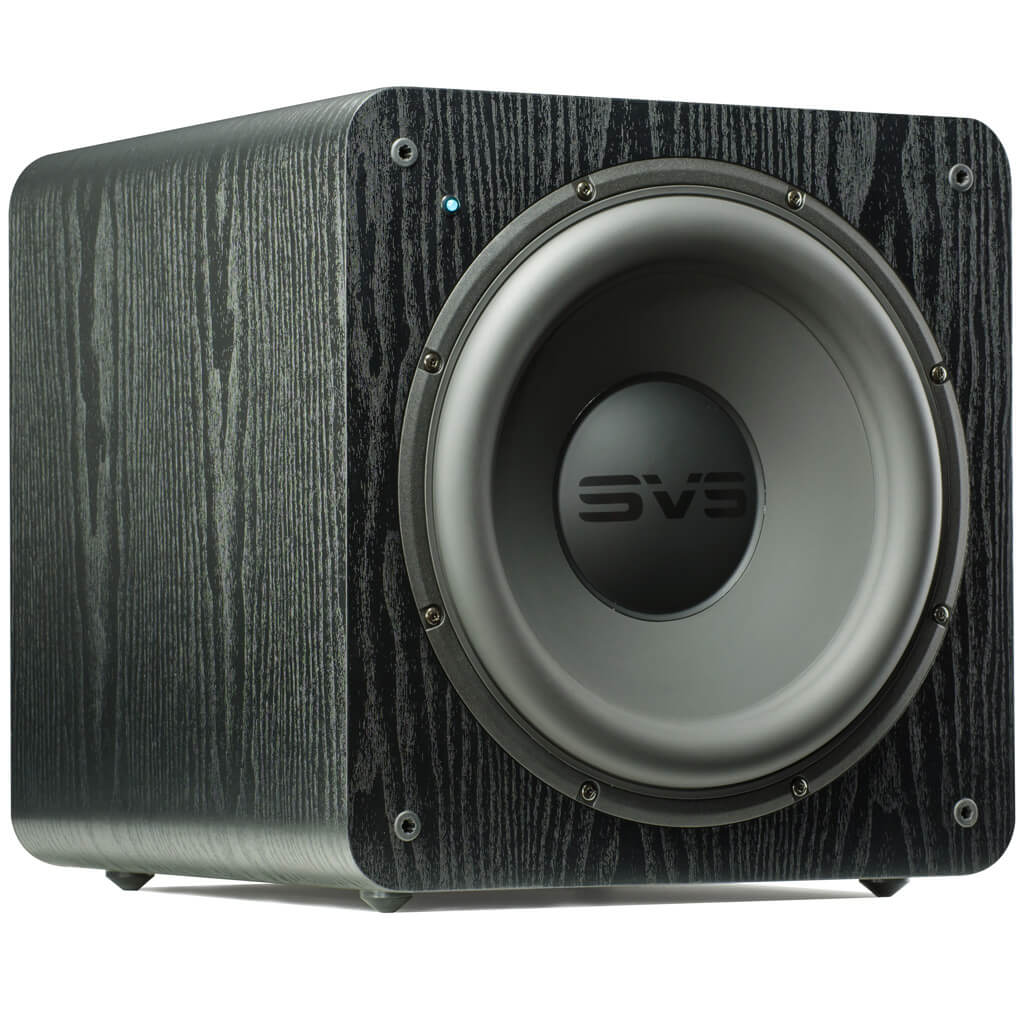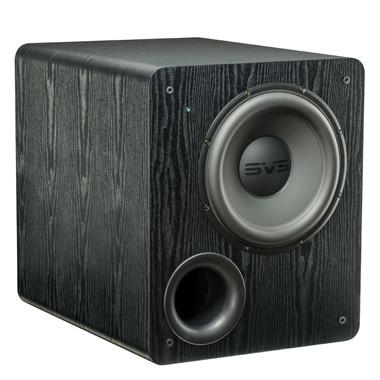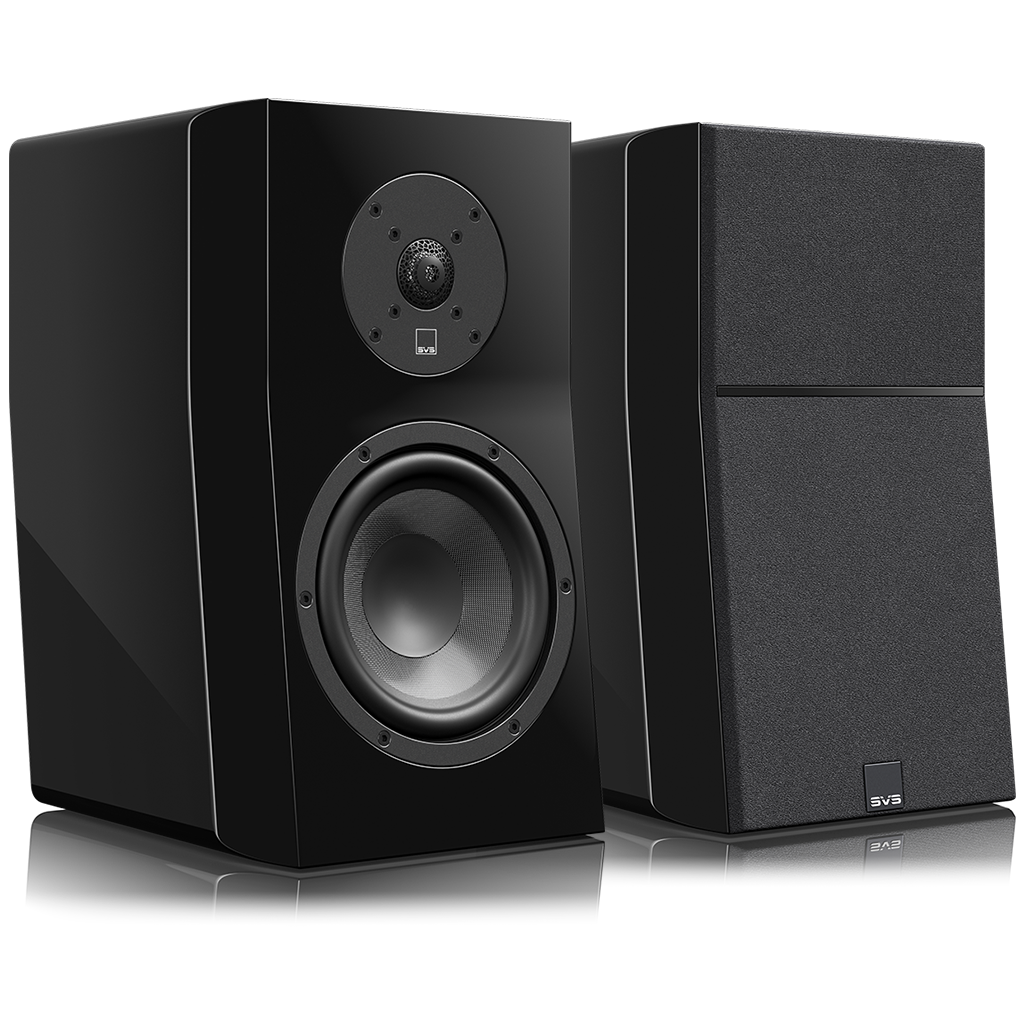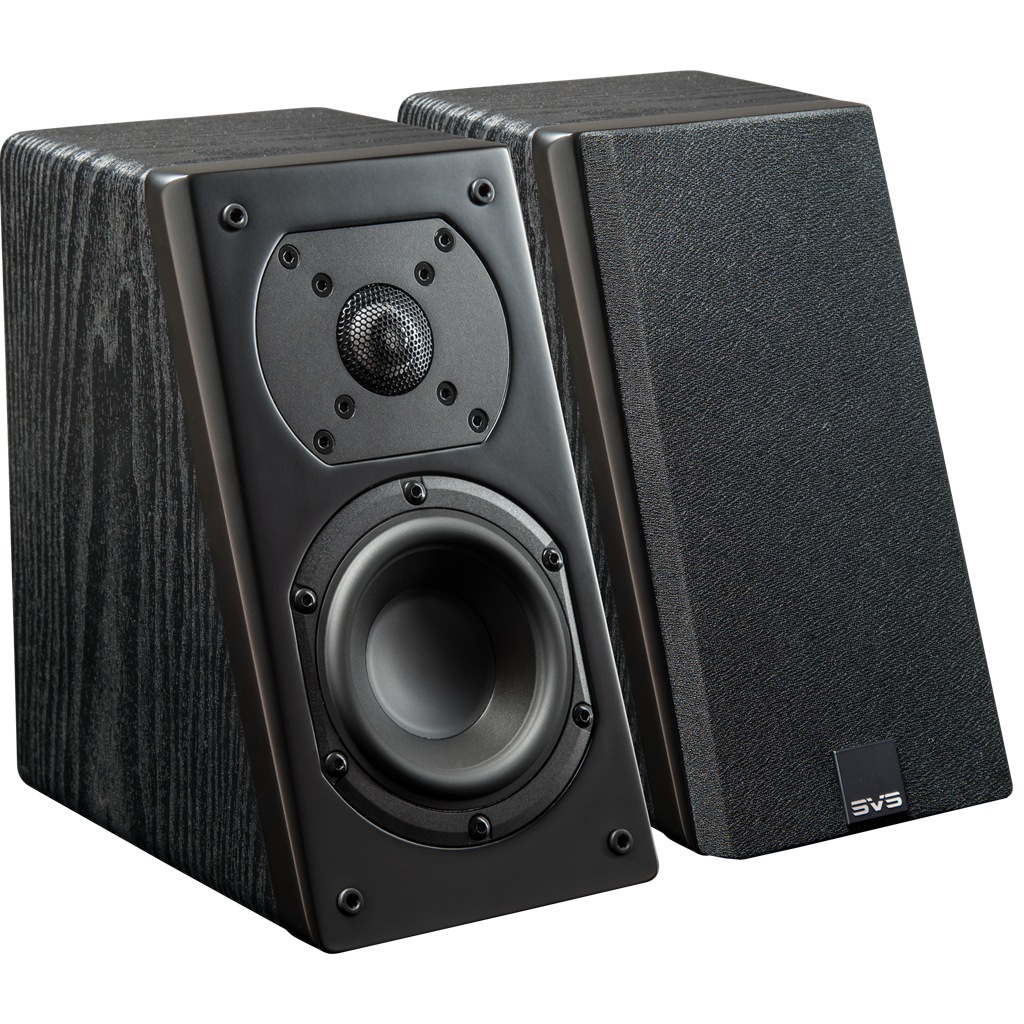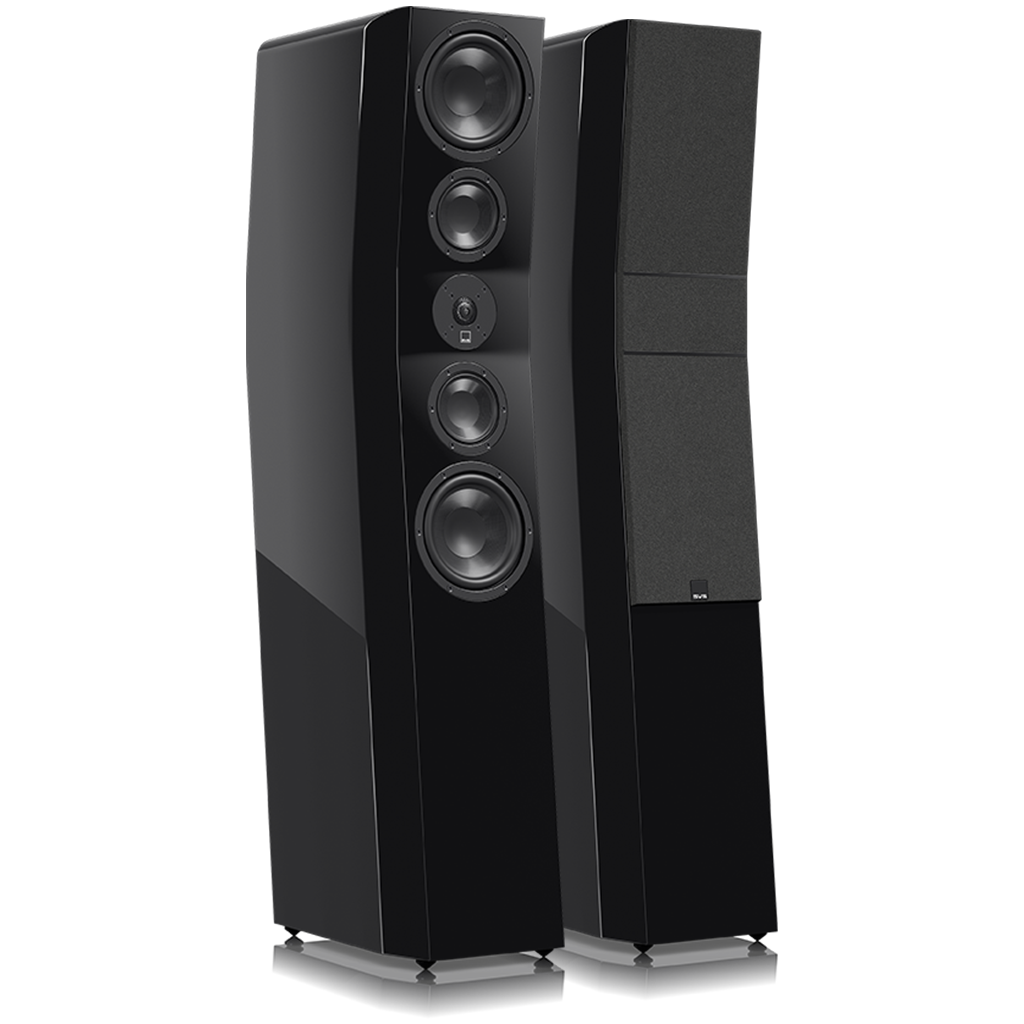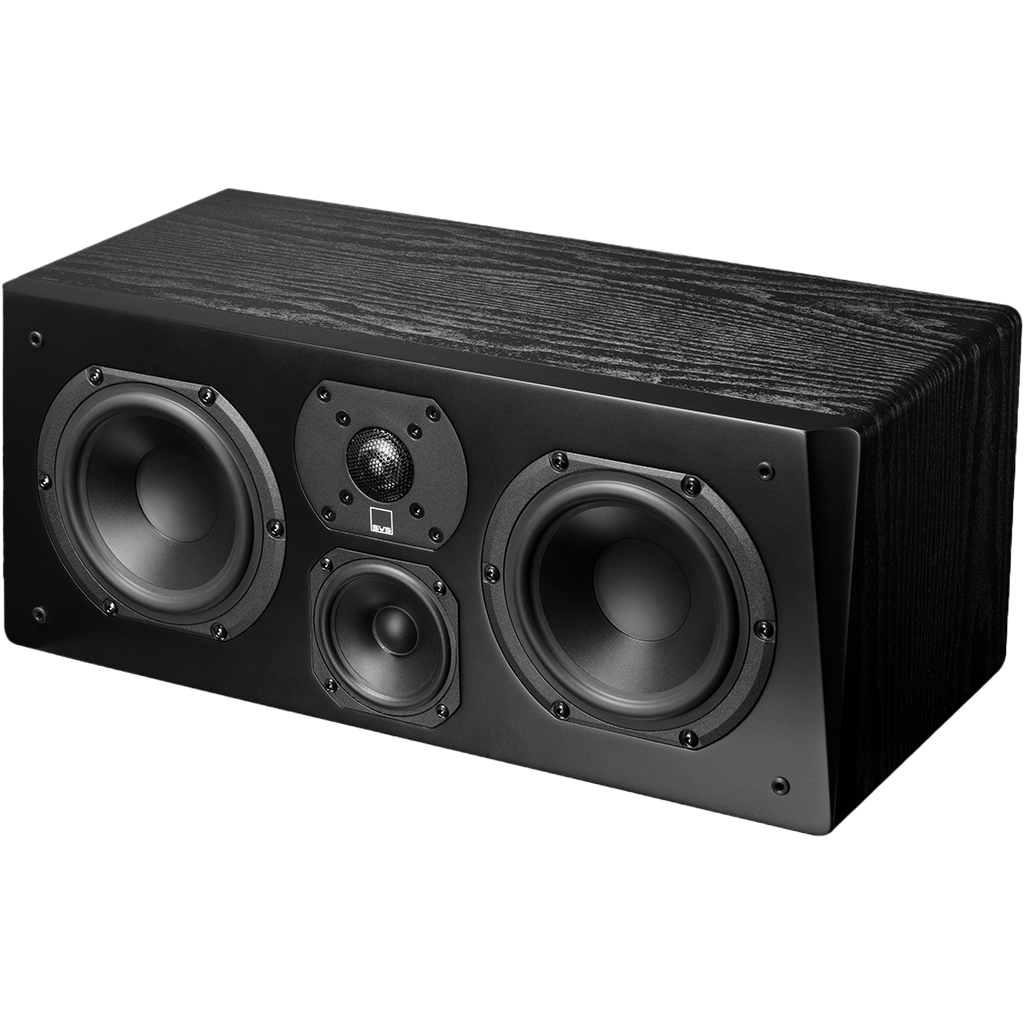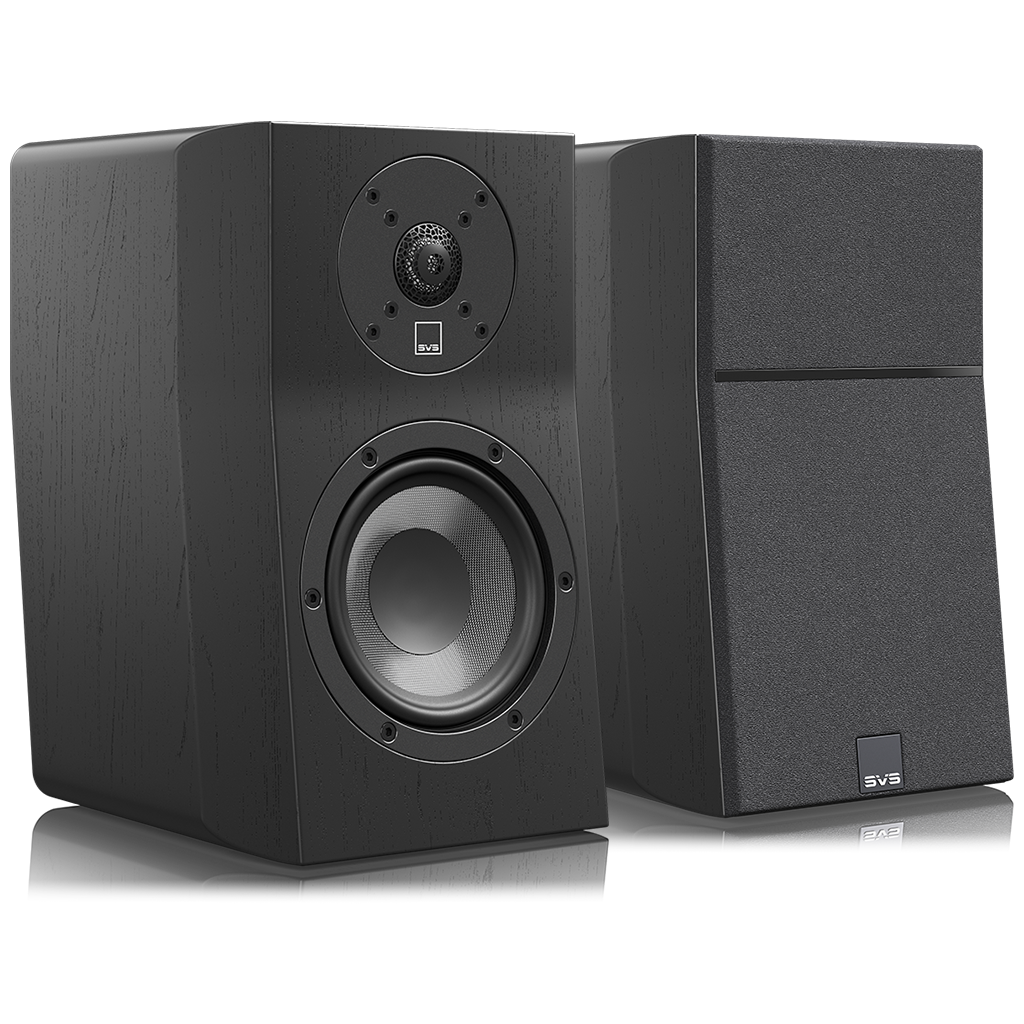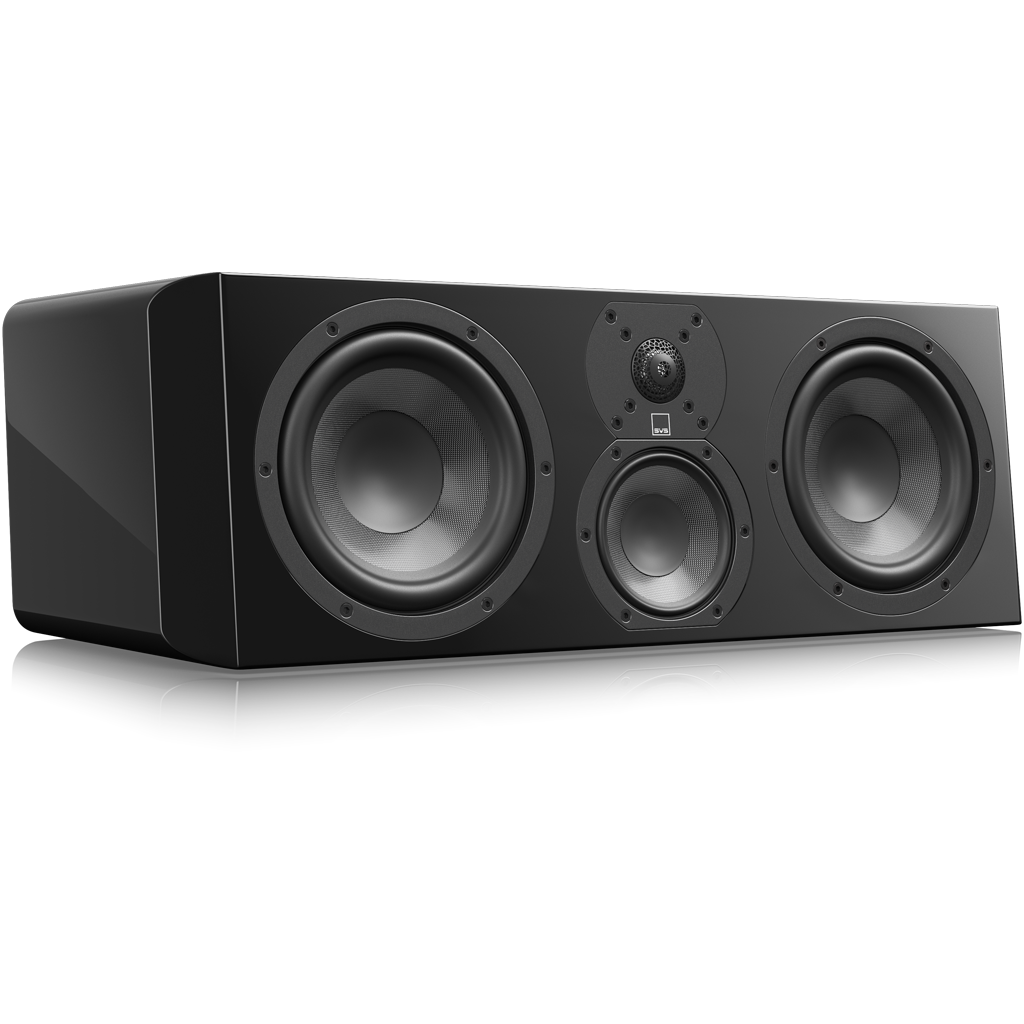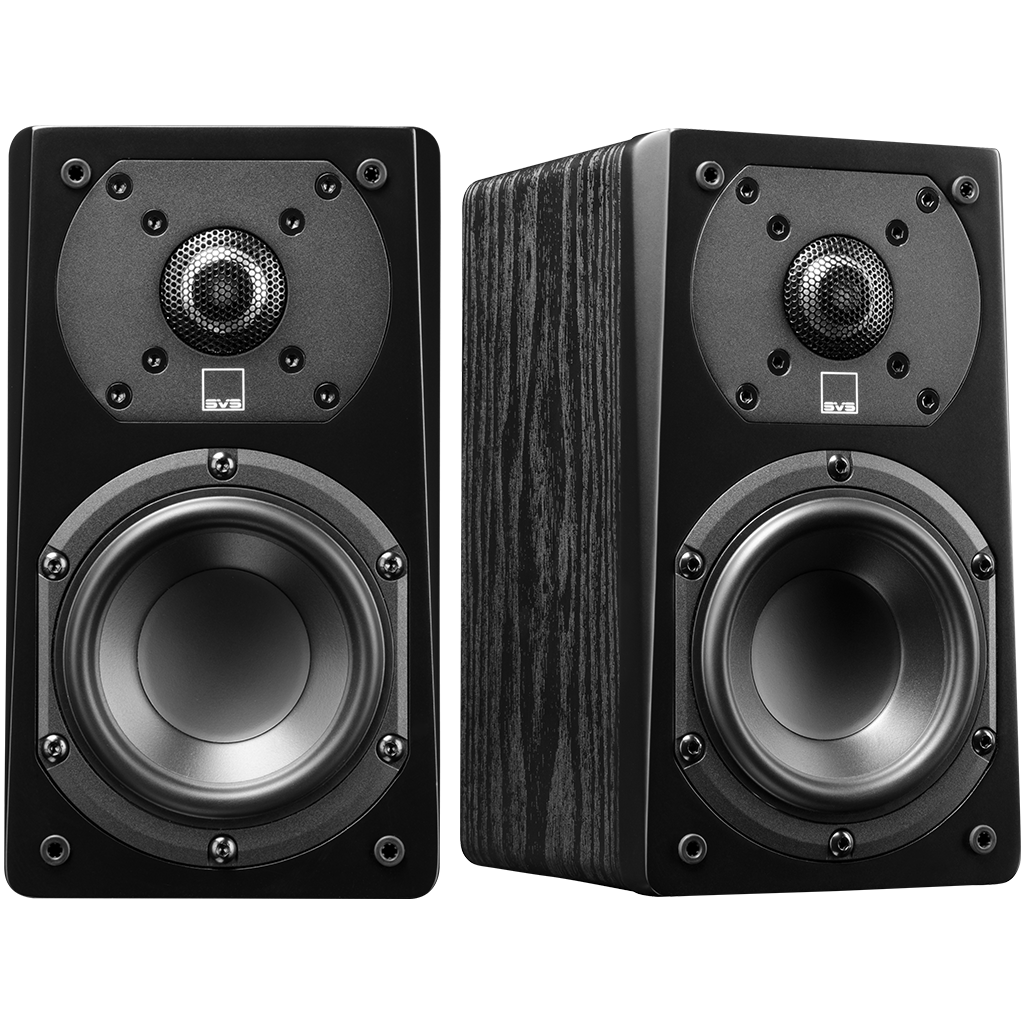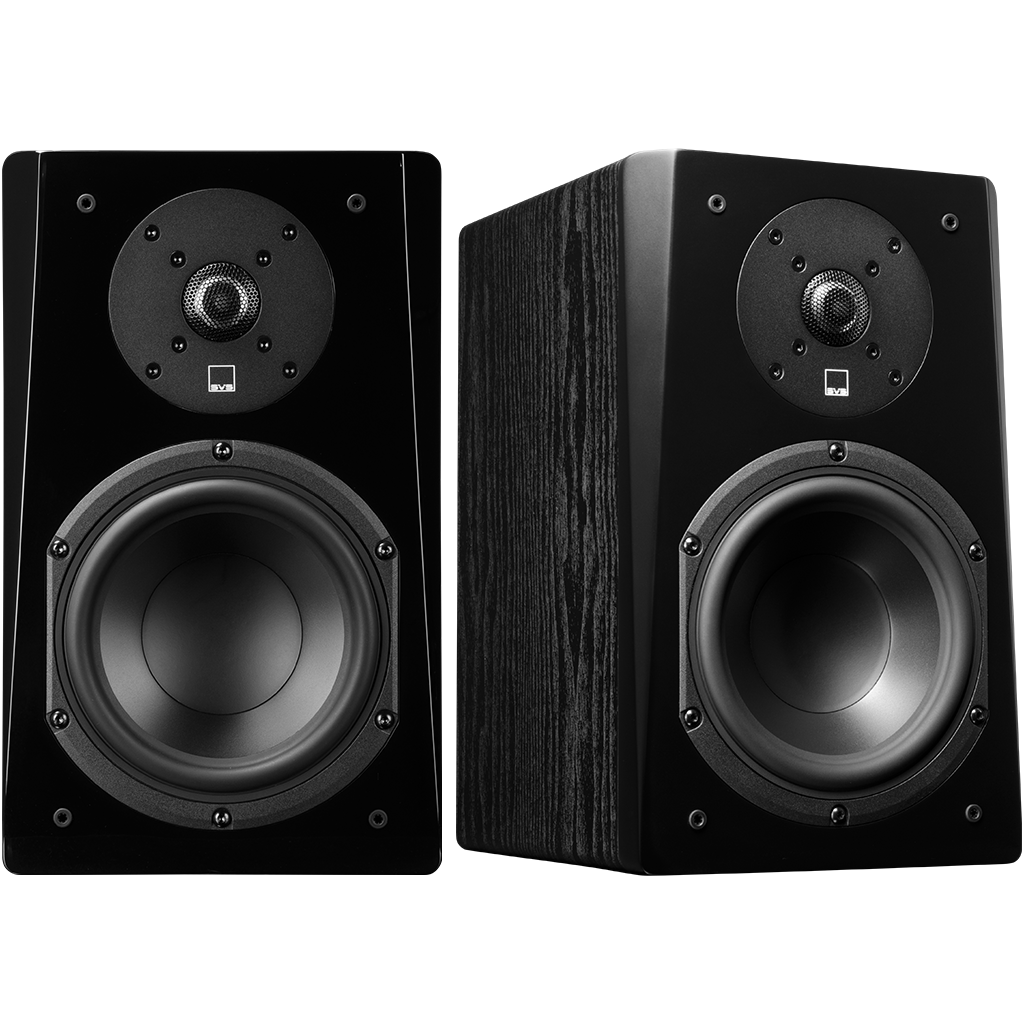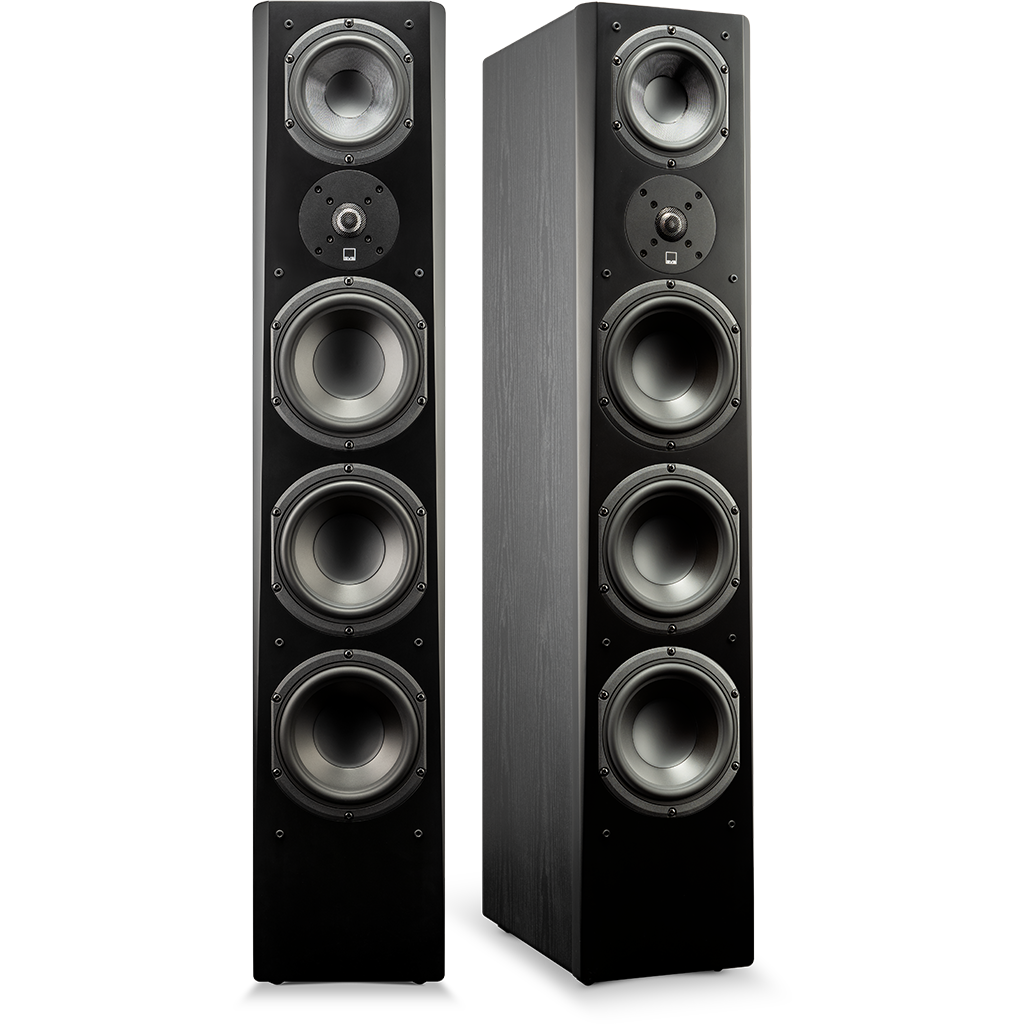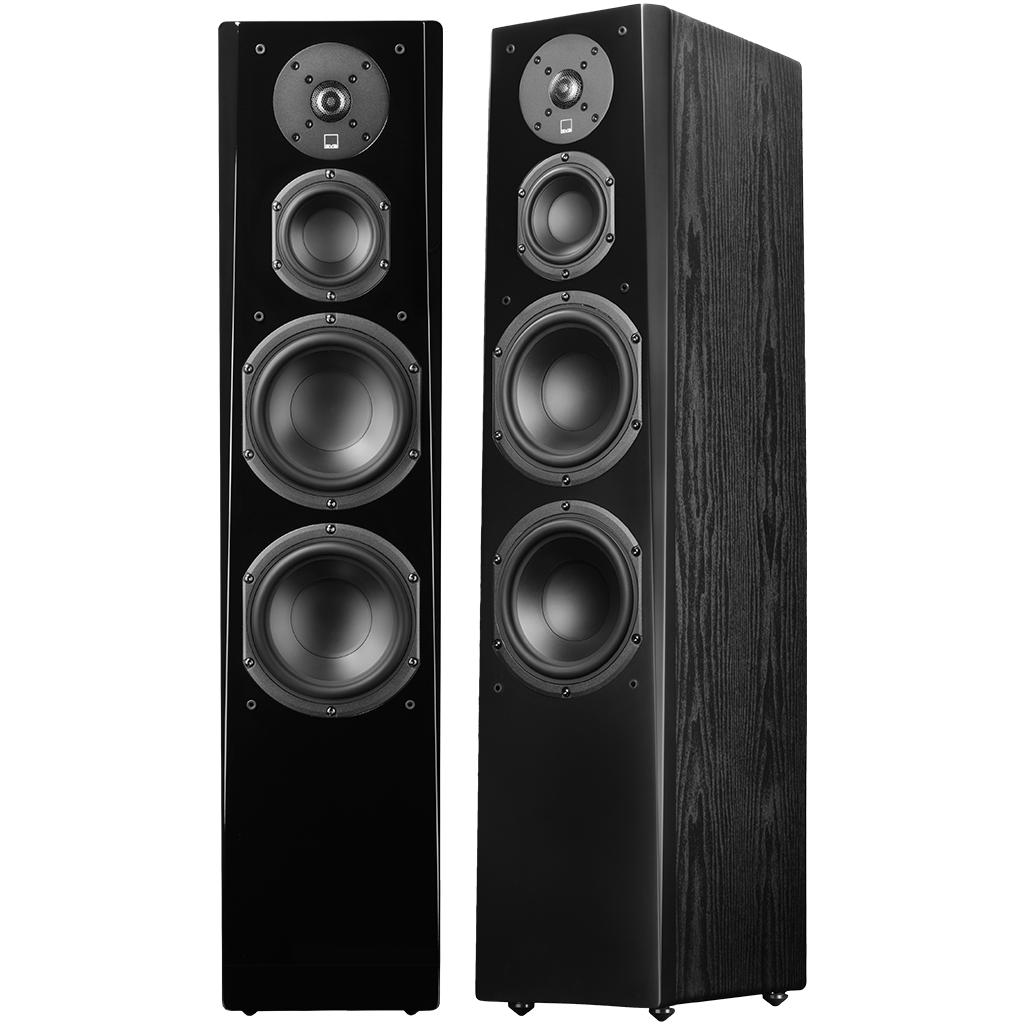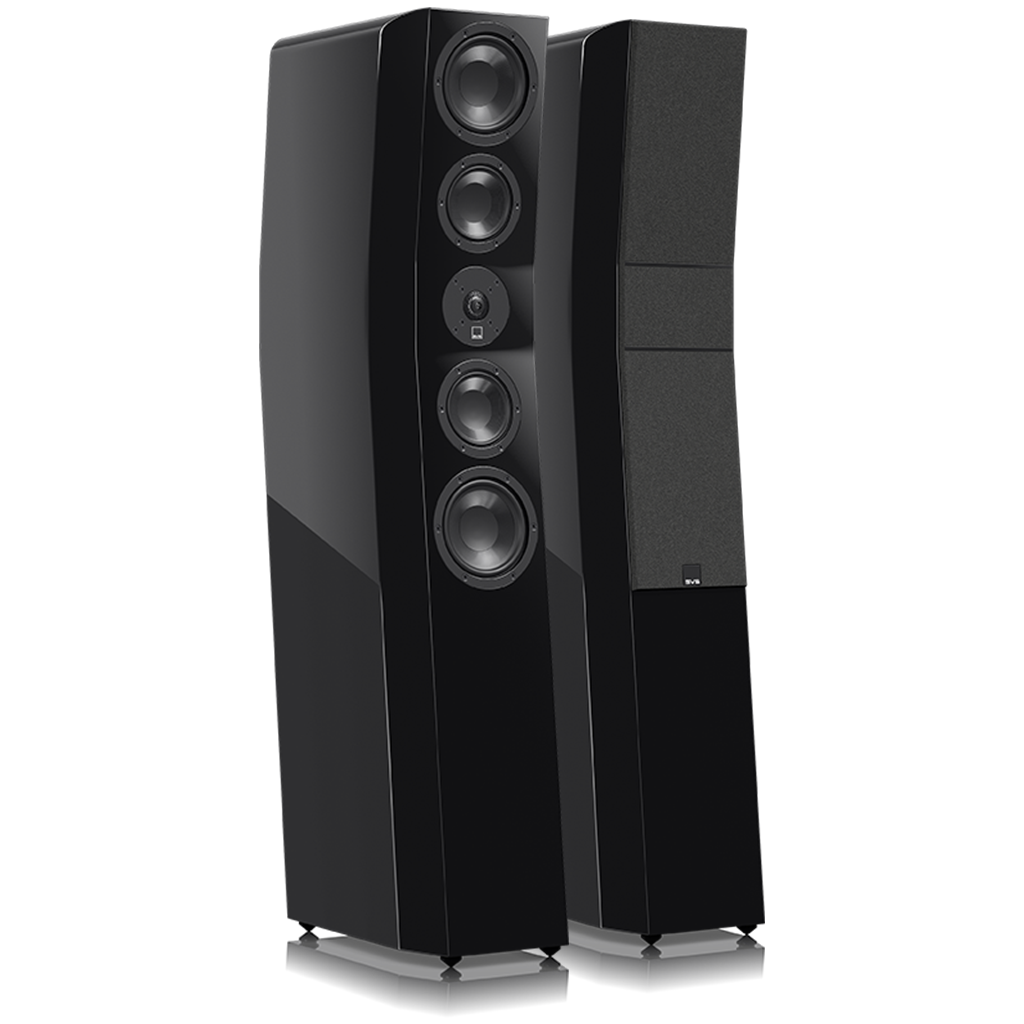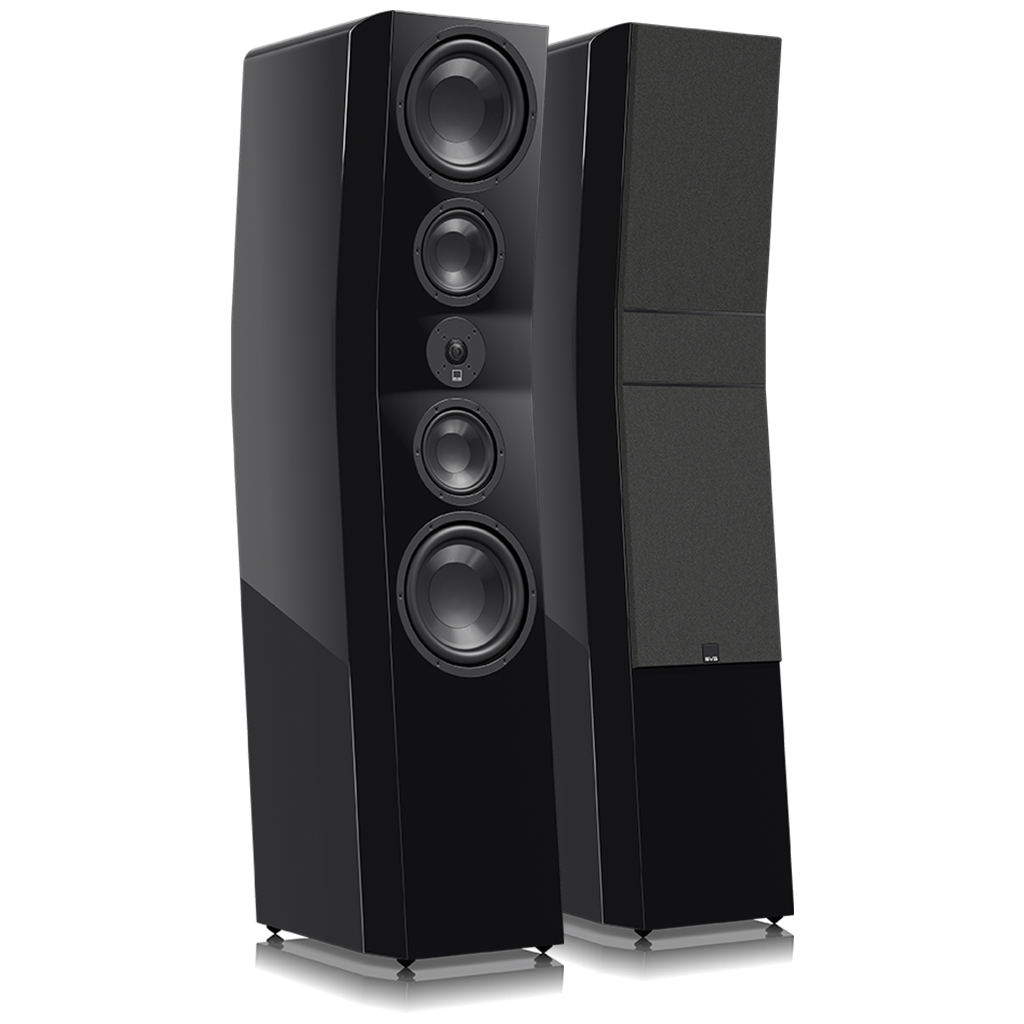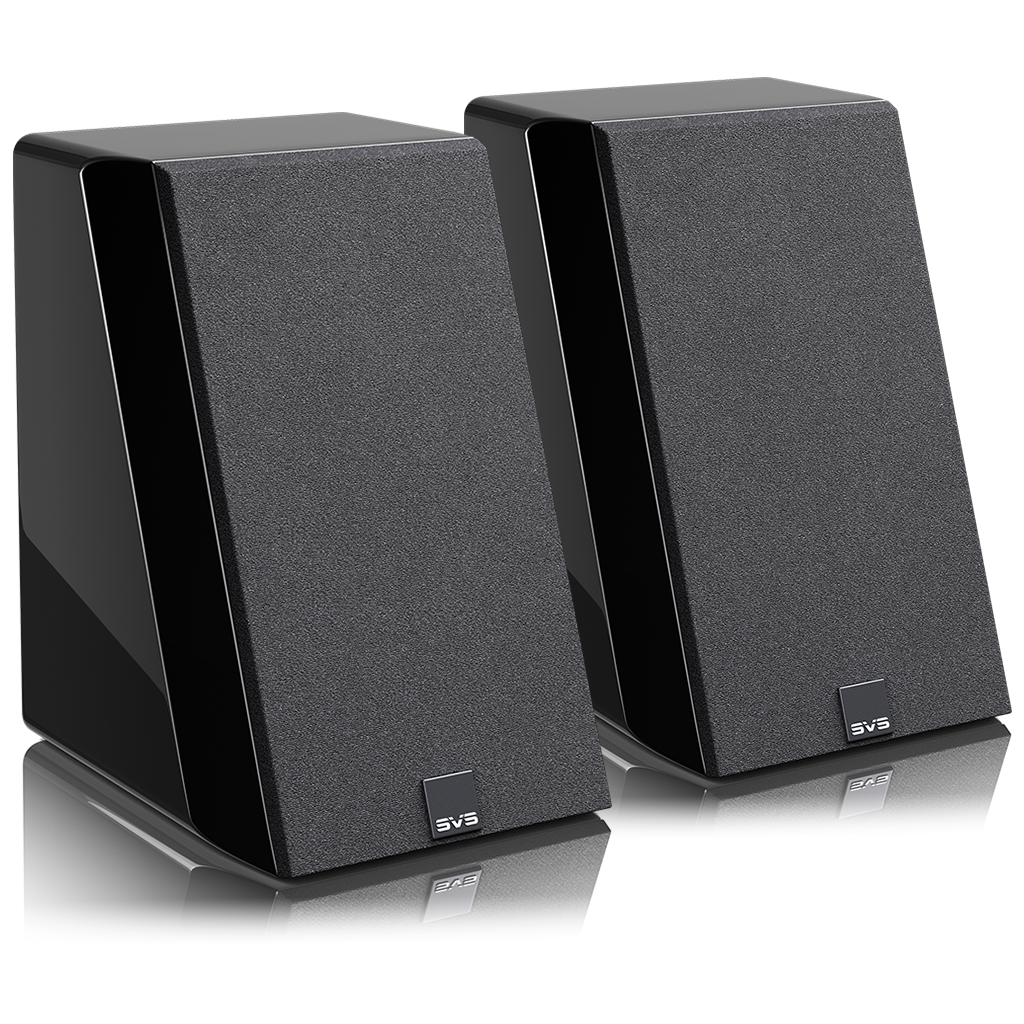Why a Center Channel is the Most Important Speaker in Your Home Theater
Why a Center Channel is (Arguably) the Most Important Speaker in Your Home Theater
Truly enjoying a home theater is all about immersing yourself in the visuals and sounds of a thrilling movie, energizing concert Blu-ray or stream, or even your favorite TV show. Getting the full experience requires a surround sound system that places speakers all around the room. Each speaker in a 5.1 home theater or other configuration serves a purpose, but there's one that takes the crown as the most important: the center channel speaker.
What does the center channel do?

The center channel carries roughly 70 percent of the entire soundtrack, and even more in specific moments. This includes the vast majority of dialog and musical vocals. Also, the center speaker anchors the dialog to the screen and must account for distance and location. Characters' voices should come from specific places at varying volumes in a convincing way.
Equally important, the center channel speaker supports a seamless soundstage with the front left and right main speakers, allowing sounds to flow precisely from any point between them. A great center speaker conveys sonic transitions smoothly and accurately, further suspending your sense of disbelief.
Considering Your Center Channel Speaker Options
To create a seamless front soundstage, the center channel speaker must match the tonality of the front left and right speakers. If the center speaker has a different tonal character, a given sound will seem different from one location compared with another, especially when it passes in front of you, which can detract from the experience.
The best way to match the tonality of the center channel is to use three identical speakers. If the speakers are designed to be placed vertically, like floorstanding tower speakers and many bookshelf speakers; it can be difficult to place one in the center without blocking the screen or competing with furniture. The best alternative is to place all three loudspeakers behind an acoustically transparent projection screen, hardly an option for most people.
Placing a vertically oriented bookshelf speaker on its side below or above the TV screen is not generally a good idea. Most bookshelf speakers are designed to have a wide horizontal dispersion and a narrow vertical dispersion, so putting it on its side defeats that design goal.
It could also increase lobing, making the frequency response different from one seat to the next. The speaker's bass response might also be affected if the woofer is closer to a surface than it would be in its proper alignment.
Dedicated Center Channel – The Best of All Worlds

For most home theaters, a dedicated center speaker that's designed to be placed in a horizontal orientation below or above the screen works best. It should still match the tonality of the front left and right speakers, so getting a center speaker from the same manufacturer as the left and right speakers is strongly recommended.
All SVS Prime and Ultra Series speakers are timbre-matched and can be used interchangeably in a home theater system. For example, if you have a pair of SVS Prime Bookshelf, Tower, or Pinnacle speakers, you could use the matching Prime Center or go with the SVS Ultra Center for more dynamic impact and deeper bass extension and output. The tonality would still blend seamlessly.
The best center channel speakers, and all SVS models, utilize a 3-way driver design with a vertically aligned midrange and tweeter in the middle flanked by a bass woofer on both sides. This allows it to perform more like a full-range loudspeaker and radiate a wider horizontal soundfield, while enabling the acoustic image to track correctly across the front soundstage. Also, this design reduces lobing and comb filtering thanks to a lower crossover frequency to the woofers, and it offers better reproduction of the vocal frequency range, which is critical for any center channel speaker.
Center Speaker Placement Tips
As with any speaker, placement of the center channel with the tweeters at ear level is ideal. This can be done with a piece of furniture or a speaker mount. If you have to place the center speaker above or below the screen, always angle the cabinet to fire towards the main listening position. It can also be placed behind an acoustically transparent projection screen if the room allows.
For more placement tips, see our blog about it here.




